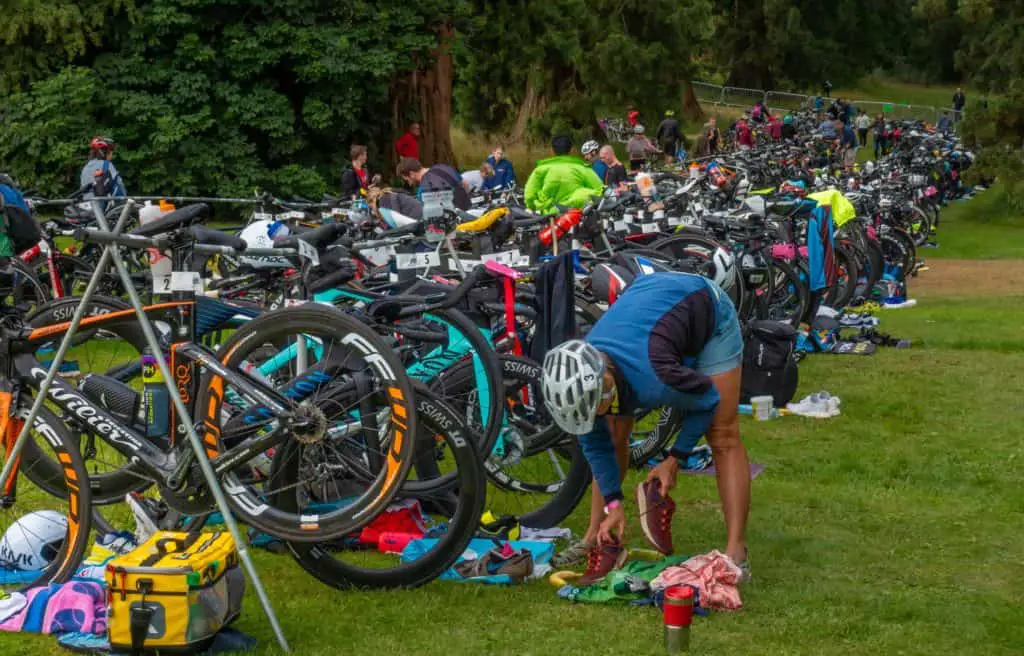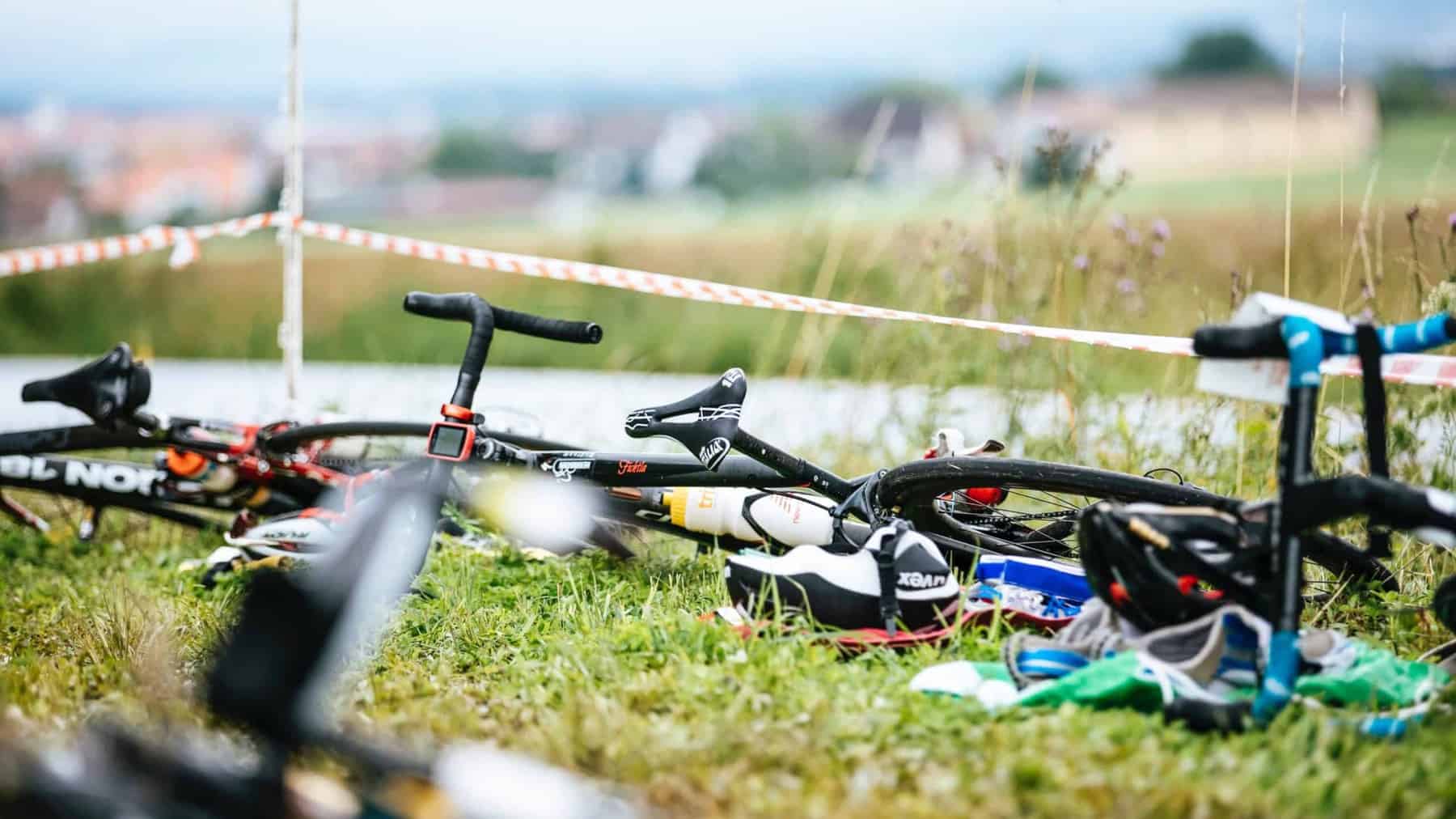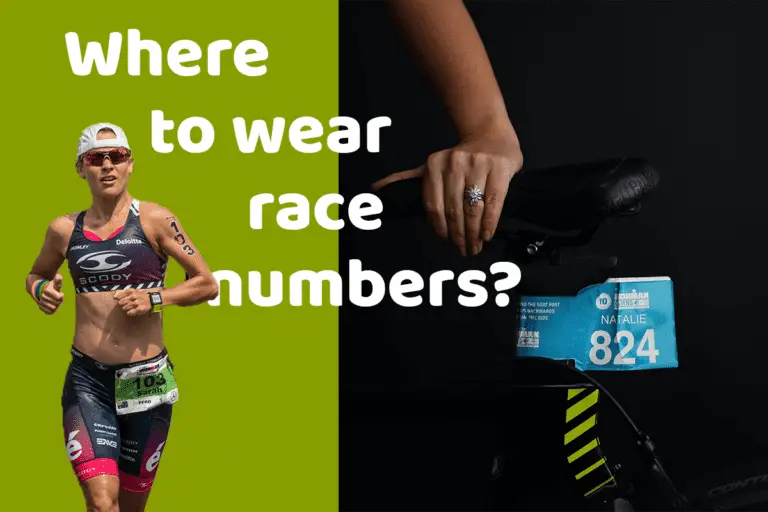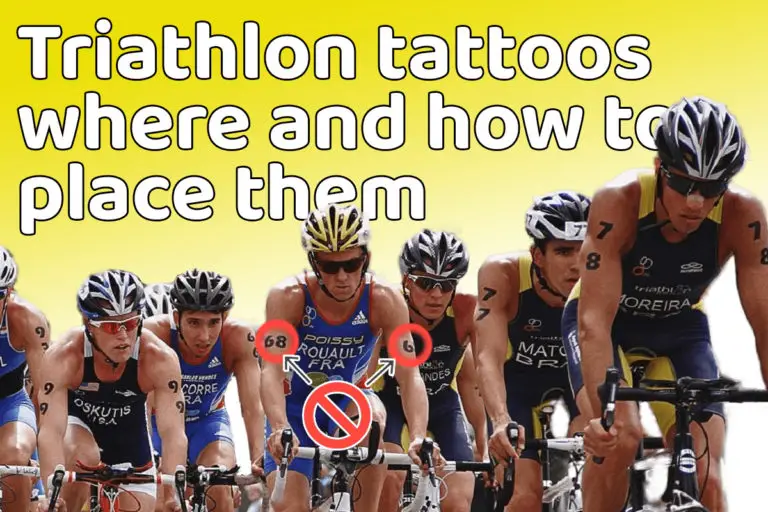9 tips for triathlon T2 transitions
Share on:
Transitions in triathlon can be very stressful if you are not prepared or have never had a chance to do it before. Today we are going to focus on T2 transition: from the bike to the run.
Whether you want to minimize the time spent in transition or you just worry about what could go wrong during the transition, I am going to share with you a number of tips to make your transition smoother and more efficient.
And remember that transitions shouldn’t be overlooked by any triathletes. It’s not because you are not racing to finish at the top of your age group, and maybe only hope to finish the event, that you should overlook transitions. Taking a long time through transition, struggling to find your gear, not being sure of what you are supposed to do or where to go, is going to be stressful. It could deteriorate your performance on the next leg, or at least affect your motivation. So let’s all prepare for “fast” and smooth transitions!
Tips for a smooth T2 transition in triathlon:
Know the rules – rack your bike before removing your helmet
The most important rule to know about T2 is to always keep your helmet on until you have racked your bike. If you forget, you can get a time penalty.
“All athletes must have their helmet securely fastened from the time they remove their bike from the rack before the start of the bike leg, until after they have placed their bike on the rack after the finish of the bike leg”
World Triathlon – rule 7.1.a
Another important rule to remember is where to dismount your bike. You should always dismount BEFORE the line.
“Athletes must dismount their bicycles before the dismount line by having one complete foot contact with the ground before the dismount line.”
World Triathlon – rule 7.1.j
If you want further details about the T2 transition rules, or are interested in the T1 rules, you can read my article: The most important triathlon transition rules.
Study the map of the transition area before the start of the race
Familiarize yourself with the transition area. On my first ever triathlon, I came off my bike, ran to the correct bike rack, put on my gear, and then felt confused: I wasn’t sure anymore where was the run start. I recommend you always check the layout of the transition zone to make sure you won’t hesitate during your transition.
If the event does not provide a map of the zone, on race day, just have a look around it. Check the signs. Take 5-10 minutes to review the directions in the transition zone.

Only pack what you need in the T2 transition bag
This is a really important point. It’s difficult to decide ahead of the race what you will really need on race day. Generally, athletes tend to be over cautious and pack too many things. This will be annoying during the transition and it is likely to slow you down.
Stick to the basics:
- running shoes (+socks?)
- nutrition
- sunscreen (for long distance events)
Organize your transition area for a fast transition
Use bungee laces on your running shoes
To ease the transition, one simple thing to do is to put bungee laces on your running shoes prior to the race. This means that when you will have to slide your feet in the shoes, you can just slide them in without having anything else to do. If you have never used bungee laces, they are elastic laces that do not require to be tied. They are very cheap to buy. Try them before your first race to adjust the length and the tension correctly.
Roll-up your socks
If you are wearing socks for the run and didn’t for the bike leg, you can roll up partly your socks. It will ensure you can quickly slide your feet in them.
Gather all your running gear in one place
If you intend to use a visor, a hat, sunglasses, or any other equipment during the run, you should have it nearby your running shoes in the transition area. The idea is to have everything you need on the run in one small area to make sure you don’t forget anything. Same with nutrition, if you take some with you for the run, it should be gathered with the rest.
Dismount leaving your shoes on the bike: “flying dismount”
The fastest transition is achieved by getting off your bike efficiently. This means you need to be able to dismount leaving your shoes on the bike. This type of dismount allows you to keep some of the speed rather than come to a full stop to get off your bike. But do not attempt this on race day if you have never practiced for it!
Don’t eat during transition
It is best not to take time to eat during the transition phase. You have plenty of time on the bike and during the run to eat.
Practice T2 transitions
This is probably the most important tip I can give you: practice!!
It’s not because you know what to do that you will do it correctly. If you have spent months training for a triathlon event, why not train also for the transitions?

What can you train for?
- learning the flying dismount
To do a flying dismount you should take your feet out of your shoes about 1/4 mile before the transition line. Then you have to pedal with the feet on top of the shoes. Slow down a little bit approaching the line. Swing your leg over the bike. You can lean the bike the other way to help balance the bike. Bring the back leg a bit closer and then dismount. Put your weight on the handlebars to help yourself. It gives you a third point of balance to make sure you don’t fall off when putting your feet on the ground.
- organizing your gear in a small space
- timing yourself to put on your running gear
If you are preparing for your next triathlon, here are some tips about how to wear correctly your triathlon numbers / tattoos: Triathlon tattoos: where and how to place them
Share on:






